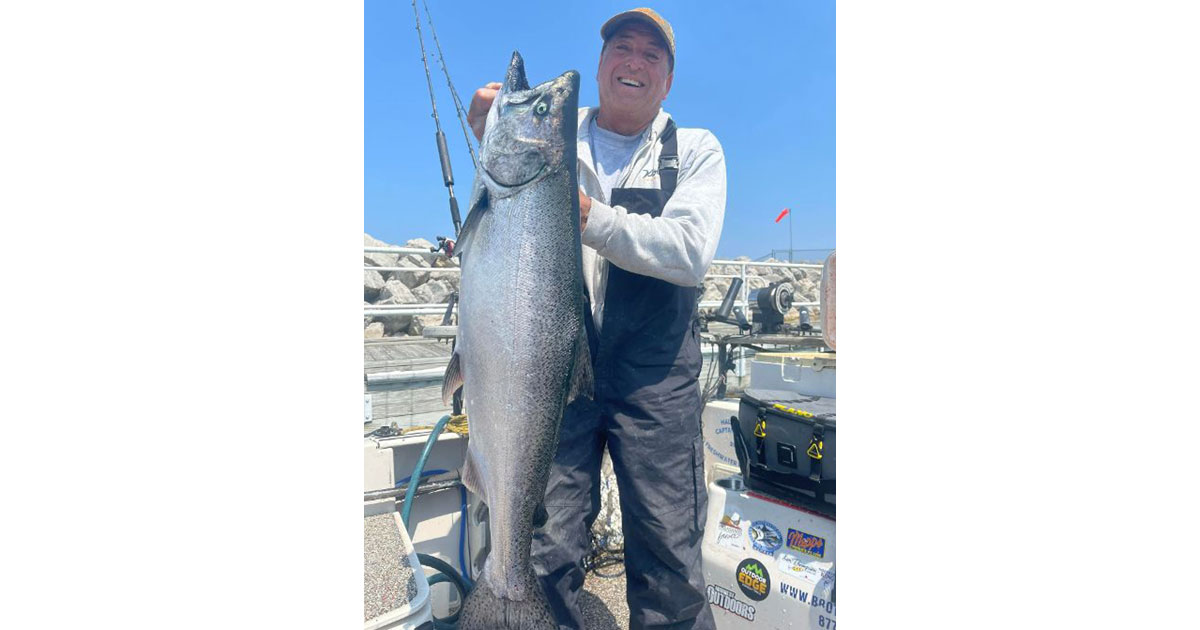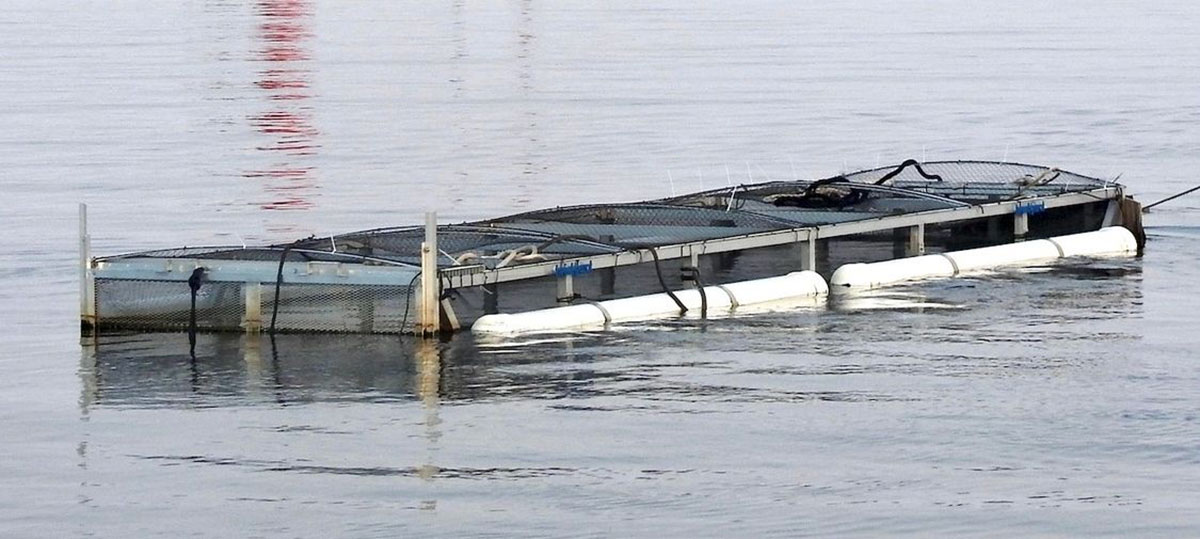 Chinook (King) Salmon
Chinook (King) Salmon
A project to improve chinook (king) salmon stockings at the East Chicago Marina by the Lake County Fish and Game Protection Association (LCFGPA) has received approval from the Indiana DNR and other local officials.
When it’s time to stock salmon fingerlings, 37,500 of them will be released into a large, floating cage, called a net pen which will be located inside the East Chicago Marina. Volunteers from Lake County Fish and Game Protection Association will feed the pen fish three times per day and monitor the water quality and health of the fish through the period.
 Net Pen for Salmon Fingelings
Net Pen for Salmon Fingelings
The net pen is currently under construction and will be positioned in the marina by April 1. The exact date of the stocking will be determined at a later date by the Mixsawbah State Fish Hatchery manager, depending on biological factors. The date the pen will be opened so the smolts can begin their life in the wild will depend on their final development in the pens. That’s expected to be about three weeks.
Under standard procedures, once Indiana’s king salmon smolts are grown to the right stage of development, they are loaded into hatchery trucks then hauled quickly to the stocking sites where they are literally poured into the water. From there, it’s “get tough or die.” Angler dollars support the DNR hatcheries and each salmon that doesn’t survive is angler money wasted.
The net pen fish will be safe from predator fish and birds and for the three weeks or so they will be in the pen and all the while, they will be imprinting to the location of the harbor and memorizing the unique smells in the water in this area. By holding them longer and allowing them to adjust, the fish should show better survival as opposed to standard stocking practices.
When they are mature fish, it’s this imprinting that will lead them back to the vicinity of the East Chicago Marina – predictably in September and October of 2027.
Chinook salmon are often called king salmon because they are destined to become the biggest, meanest, most exciting fish to catch in Lake Michigan. Kings also face the toughest early life of any of the other salmon and trout in the lake. Perhaps it’s a case of “only the strong survive.”
Most of the salmon and trout in Lake Michigan are born in a fish hatchery and reared in near-perfect conditions, with a consistent supply of food and no threat of predators like bigger fish or hungry birds gobbling them up.
Unlike many other salmonids kept in hatcheries for extended periods, the kings that hatch from eggs in October are only kept in the hatchery over the winter months before being stocked in Indiana’s three Lake Michigan counties as tiny “minnows” barely more than 3 ½ inches long.
At this size, panfish as well as larger predators like bass can easily catch and eat them. When birds, like gulls, terns and cormorants find a school of newly stocked salmon, they join the feeding frenzy that lasts until the smolts (the proper name for baby salmon) escape to the depths.
The survivors of the stocking process will live and grow in the big lake for the next 3 ½ years, maturing to instinctively return to the locations where they were stocked. By the time they are two years old they are at the top of the lake’s food chain, and by the time they are mature, each one can be the fish of a lifetime for the lucky or skilled angler who hooks one.





